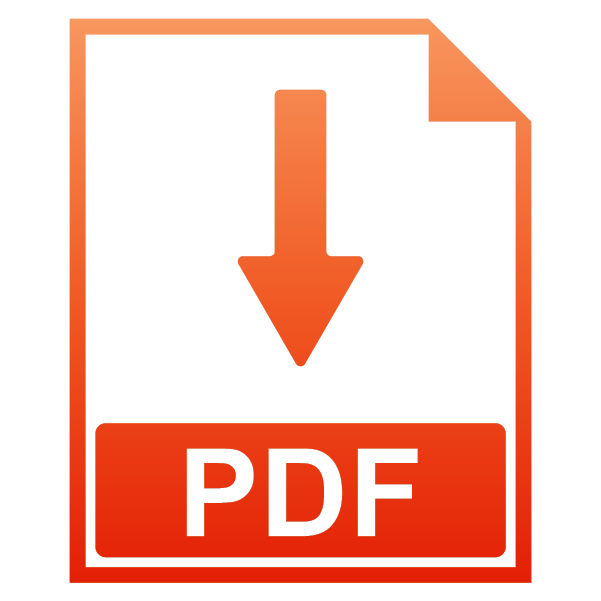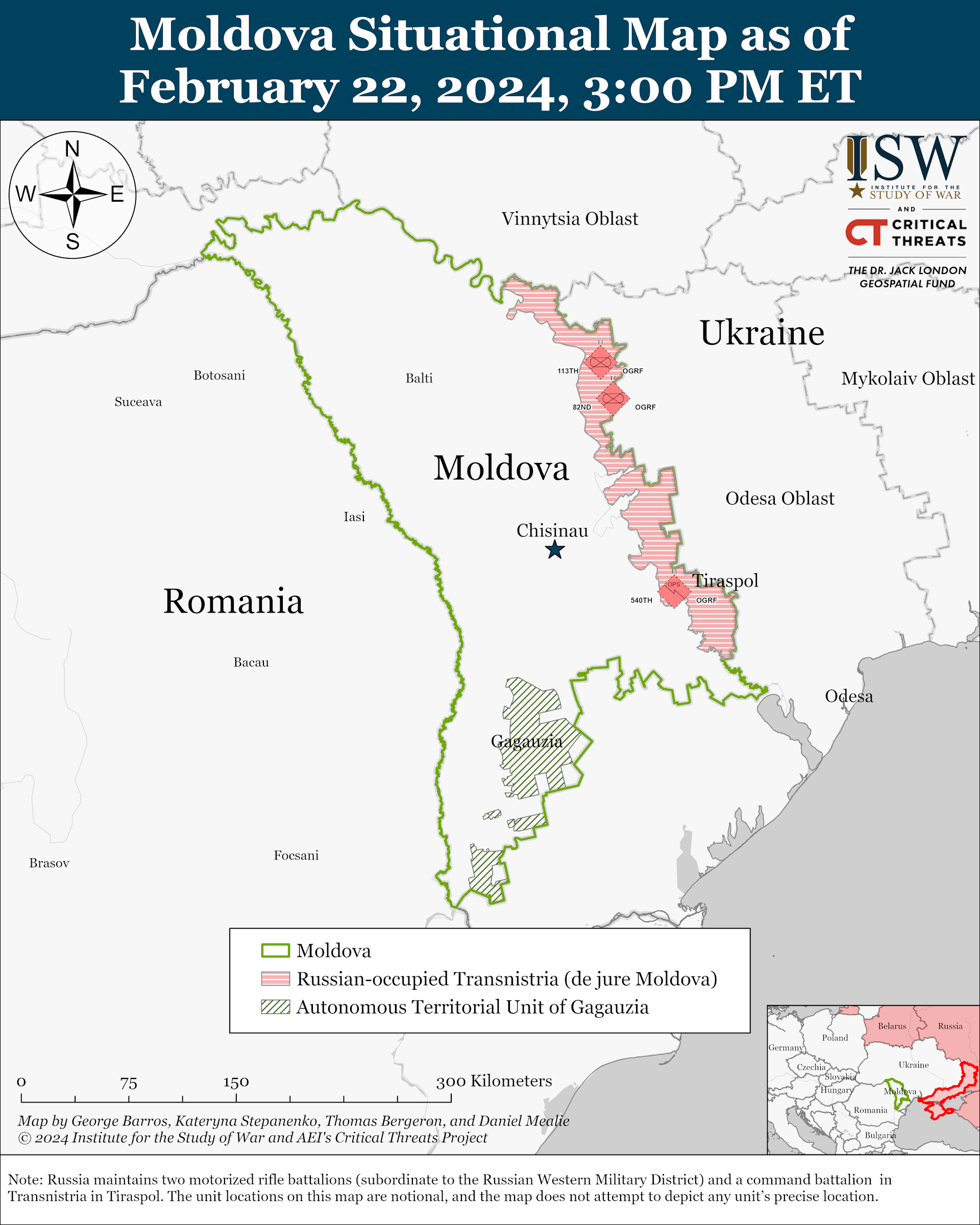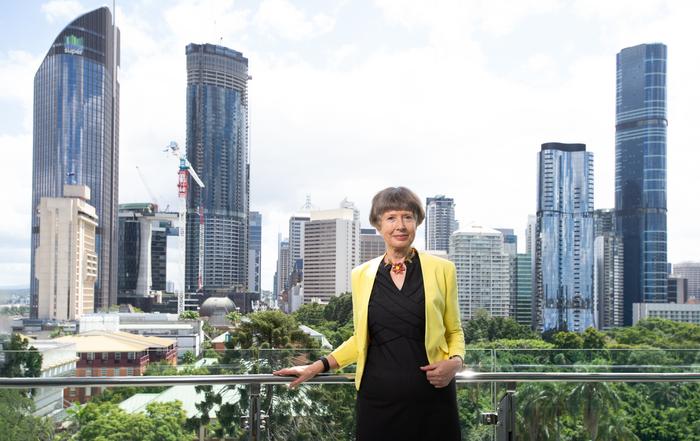In this edition of Sanctions Watch, covering March 2024:
- World Bank finds that sanctions overcompliance is hindering the private sector in Afghanistan;
- Cuba turns to the UN for assistance amid embargo-fueled food shortages;
- New book argues that Iran sanctions have hurt civilians, strengthened government;
- Human Rights Watch reports that North Korea sanctions negatively impact health, access to food;
- EU moves forward with plan to seize profits from frozen Russian assets;
- UN official describes Syrian economy as “in free fall amid tightening sanctions”;
- Biden plans to allow Venezuela oil sanctions license to expire in mid-April;
- Biden (partly) ends the Zimbabwe sanctions program, and more.
Click here to subscribe
Afghanistan
Background: Following the Taliban takeover in 2021, the Biden administration blocked Afghanistan’s central bank from accessing roughly $7 billion of its foreign reserves held in the United States. Half of these assets have since been allocated to a trust fund, largely under US control, that has yet to disburse funds to Afghanistan. Around $2 billion of central bank assets have also been blocked by European authorities. Along with a cutoff of aid, this asset seizure — representing the near totality of Afghanistan’s foreign reserves — has contributed to a collapse of the country’s economy.
Senator Marco Rubio (R-FL) introduced a bill that would require the US to withhold its contributions to the UN for assistance in Afghanistan until it is certified that US funds are not used in UN cash shipments to Afghanistan and that the Taliban are not receiving funds from these shipments. The bill is likely a reaction to a January report from the US Special Inspector General for Afghanistan Reconstruction (SIGAR) that states that some money from UN cash shipments to Afghanistan winds up in the country’s central bank. However, the same report states that the UN decided to ship cash into Afghanistan in consultation with the State Department in part to mitigate the effects of “sanctions on the Taliban and the isolation of Afghanistan’s banking sector.” ProPublica reported this month that “U.N. officials do not deny that the cash delivered to Afghanistan makes its way to the central bank. But they say there is no avoiding it since the Taliban control the country.”
The UN cash shipments are essential to funding humanitarian activities. Moreover, while there are concerns over the potential misuse of funds, the central bank urgently needs access to foreign currency to support the Afghan financial system.
Human Rights Watch (HRW) reports: “Afghanistan has been in the throes of an economic crisis for more than two years, after donors cut foreign funding in response to the Taliban takeover in 2021 and suspended Afghanistan’s Central Bank from the international system.” As a result, Afghans are going hungry. HRW recommends that governments “support measures to normalize payments and other transactions through Afghanistan’s banking system,” among other policies. The head of UNDP’s Regional Bureau for Asia and the Pacific stated: “sectors such as finance have ‘basically collapsed’ and there are no major sources of economic activity such as exports or public expenditure, leaving small and medium enterprises … and farmers as the lifeblood of the faltering economy.” Indeed, a recent World Bank report on Afghanistan mentions that “correspondent banks have de-risked in response to a lack of clarity on the applicability of … sanctions by restricting transactions with most Afghan banks. These restrictions have directly affected private sector activities, disrupting trade as firms struggle to access international banking services and thus to pay for imports or receive payments for exports.”
Read more:
Cuba
Background: The US embargo against Cuba is one of the oldest and most stringent of all US sanctions regimes, prohibiting nearly all trade and financial transactions between the United States and Cuba since the early 1960s. After a brief loosening under Obama, sanctions were tightened and expanded under Trump — a policy the Biden administration has, for the most part, maintained.
The Cuban government requested assistance from the World Food Programme for the first time ever at the end of last month — another sign of the increasingly dire economic situation on the island, caused in large part by the US embargo. When the worsening conditions, including food shortages and blackouts, prompted protests in the city of Santiago, the US Embassy “urge[d] the Cuban government to respect the human rights of the protestors.” This, in turn, prompted charges of hypocrisy, given the role of US policy in stoking the crisis. While sanctions hard-liner Sen. Marco Rubio (R-FL) responded to the events by claiming that there is “no food embargo” on Cuba, Secretary of Agriculture Tom Vilsack made clear that US policies do significantly impede the export of food to the island (see also this explainer from Belly of the Beast).
Ranking member of the House Foreign Affairs Western Hemisphere Subcommittee Rep. Joaquin Castro (D-TX) expressed frustration with Biden’s Cuba policies, noting that “the decision not to reverse harmful Trump-era policies — including the State Sponsor of Terror designation — is a serious missed opportunity that has worsened the lives of everyday Cubans.” Rep. Ilhan Omar (D-MN) lamented that “for 65 long years, the Cuban people have suffered under the weight of American embargo,” and called the terror designation, “completely unwarranted,” “cruel,” “counterproductive,” and “a political trap for the Biden administration.”
The second appropriations package passed by Congress this month included provisions paving the way for sanctions on foreign government officials that take part in Cuba’s medical brigades program — a valuable source of income for Cuba, and of medical assistance for vulnerable communities in many countries around the world.
Finally, two new studies by the National Institutes of Health have found no evidence of brain damage among those who experienced symptoms attributed to so-called “Havana Syndrome.” Accusations that US diplomats were being secretly targeted by Cuban spies with futuristic technology were used as a partial justification for the additional sanctions imposed under Trump. Last year, a US intelligence assessment concluded that it was “very unlikely” that these symptoms were caused by the actions of foreign adversaries.
Read more:
Iran
Background: US sanctions on Iran began during the 1979 hostage crisis, and currently bar US actors — plus some non-US actors — from almost all trade and financial transactions with Iran. Though certain sanctions were lifted as a result of the 2015 nuclear deal, the majority have been reimposed since the United States’ withdrawal from the agreement. The European Union also maintains certain trade and financial sector sanctions on Iran.
The Biden administration has again renewed a license allowing Iraq to make oil payments to Iran via a limited account that only allows Iran to use the proceeds for humanitarian purposes. Despite misrepresentations in the conservative press, the waiver does not grant Iran access to the full $10 billion already owed to it by Iraq. A week later, the administration announced new sanctions against a number of individuals and entities in Iran, Turkey, Oman, and Germany allegedly involved in helping Iran to procure materials that can be used in weapons production. Also this month, the European Union reiterated threats to sanction Iran if it transfers ballistic missiles to Russia, but is reportedly split on a separate, France- and Germany-led proposal to sanction individuals and entities involved in supporting Iran’s regional allies, such as Hezbollah and Ansar Allah. EU officials expressed concern that the latter would undermine nuclear diplomacy and “conflate the two theaters” — Russia and the Middle East.
In a webinar hosted by the Middle East Institute, the authors of a new book, How Sanctions Work, Iran and the Impact of Economic Warfare, argued that sanctions have had broad, adverse impacts across the Iranian economy — harming the middle class and increasing poverty rates, but in fact strengthening the government’s hold on power. Ongoing sanctions have likely contributed to the Iranian rial’s record depreciation — dropping to an all-time low against the dollar this month as annual inflation rates hit 50 percent.
Read more:
North Korea
Background: The United States first imposed sanctions on North Korea during the Korean War in the 1950s. Following the country’s 2006 nuclear test, more stringent sanctions were added, which have periodically intensified since then. US sanctions now target oil imports and cover most finance and trade as well as the key minerals sector. In addition, the UN Security Council has adopted nine major sanctions resolutions since 2006. The European Union has implemented these in addition to its own sanctions.
A Human Rights Watch report on North Korea’s response to COVID-19 found that sanctions contributed to the country’s isolation during the pandemic and deepened the suffering of its citizens. More precisely, “China’s enforcement of the new UN sanctions disrupted general cross-border trade and people’s movement, leading to impacts far beyond the economic sectors for which the sanctions were intended.” The report goes on to say:
by imposing broad-based sanctions on the North Korean economy, including formal and informal market activities, their enforcement exacted a toll on the population at large by undermining people’s rights to an adequate standard of living, and thus to food and health. This had an especially hard impact on women, the main breadwinners in most households, by reducing the activities in the markets in which they traded.
HRW recommends that the UN Security Council review its North Korea sanctions and their enforcement “to evaluate their impacts on human rights and delivery of humanitarian aid.”
On March 28, Russia vetoed a UN Security Council resolution that would have extended the mandate of a UN panel of experts monitoring the enforcement of North Korea sanctions. The mandate is set to expire on April 30. The veto may have been a reaction to the Council’s failure to adopt Moscow and Beijing’s proposals to reduce the panel’s reporting requirements, and add sunset clauses to the sanctions themselves. Right before the vote, Russia’s ambassador to the UN said the West was trying to “strangle” North Korea with sanctions that are “detached from reality.”
Also this month, the US State Department’s deputy special representative for North Korea said there is a need for “interim steps” with regard to North Korea’s denuclearization. This has raised questions about a potential US policy shift. The US official remained vague, but the Korea Times wrote: “In the negotiation lexicon for the North, interim steps usually involve such measures as Pyongyang’s freeze of its nuclear weapons development in return for sanctions relief or other incentives to encourage the regime’s denuclearization efforts.” Despite this, on March 27, the US and South Korea jointly sanctioned six individuals and two entities based in Russia, China, and the UAE for allegedly financing North Korea’s weapons program.
Read more:
Russia
Background: US sanctions on Russia’s financial, energy, and defense sectors began after the 2014 annexation of Crimea. This sanctions regime was greatly expanded, particularly by the United States, the United Kingdom, and the European Union in response to the 2022 invasion of Ukraine. It includes the barring of most financial transactions and of Russian oil and gas imports as well as the freezing of Russian assets abroad, among other measures.
The EU is moving forward with a plan to seize profits generated by Russia’s frozen assets — projected to be around 3 billion euros per year — to assist Ukraine. EU leaders have agreed in principle to a proposal in which profits generated as of February 15 will primarily be used to fund Ukrainian weapons purchases, a portion will be used for recovery and reconstruction efforts, and around 3 percent will stay in the EU to finance the legal defense against Russian litigation. Some Western banks are lobbying against the proposal over fears of Russian retaliation, as Moscow has warned of “catastrophic consequences” for banks’ legal departments. The US had reportedly proposed an alternate plan — creating a special purpose vehicle backed by Russia’s assets to issue $50 billion in bonds to help fund Ukraine — but Germany and France are opposed.
The US issued two sets of Russia-related sanctions this month. On March 20, it imposed sanctions on two individuals and two entities for allegedly providing services to the Russian government in connection with disinformation campaigns, and on March 25, it sanctioned two individuals and 13 entities in Russia’s fintech sector for facilitating sanctions evasion. The US also threatened a major Austrian bank for its dealings in Russia, and the EU imposed sanctions on Russian judiciary and penitentiary officials over the death of Alexei Navalny, as did Canada. Japan (12 individuals and eight entities), New Zealand (45 individuals and 16 entities), and Switzerland (106 individuals and 88 entities) also sanctioned Russian targets to mark the second anniversary of Russia’s invasion of Ukraine.
Russia continues to face difficulties from the sanctions. “Indian oil refiners — Moscow’s second-biggest customers after China since the 2022 invasion — will no longer accept tankers owned by state-run Sovcomflot PJSC because of the risk posed by sanction,” Bloomberg reports. Last year, Sovcomflot transported one-fifth of Russian crude deliveries to India. At least nine Chinese banks are no longer processing transactions from Russia, and “Dubai’s main state-owned bank has shut some accounts held by Russian oligarchs and traders of Russian oil,” the Wall Street Journal notes. The head of Russia’s Central Bank recently said, “After the decline at the beginning of the year, exports have been rebounding, driven by the increase in oil prices. However, secondary sanctions hinder this process.”
Read more:
Syria
Background: As a designated “State Sponsor of Terrorism” since the list’s creation, Syria has faced unilateral sanctions in some form since 1979. These were augmented during the George W. Bush administration, and greatly expanded under Presidents Obama and Trump to bar most financial transactions with Syrian entities. The “Caesar Act,” passed by Congress in 2019, goes even further, imposing secondary sanctions on third-party entities that engage in such transactions, even if they have no connection to the US.
On the 13th anniversary of the start of Syria’s civil war, the humanitarian and economic situation remains dire, due in part to sanctions. According to the Chair of the UN Independent International Commission of Inquiry for Syria, “More than 90 percent [of those in Syria] now live in poverty, [and] the economy is in free fall amid tightening sanctions.” The Commission also warned that 16.7 million Syrians require humanitarian assistance, but that aid is severely hampered by funding shortfalls, the Syrian government’s “arbitrary decision-making,” and by economic sanctions. A piece in a UAE state-owned paper reports that only half of Syria’s hospitals remain fully functional, with doctors and pharmacists noting that sanctions severely limit their access to medicines and essential medical equipment.
Toward the end of the month, the Biden administration announced new sanctions on individuals and entities involved in mining exports, and on others allegedly connected to the production and trade in Captagon, an amphetamine-like drug.
Read more:
Venezuela
Background: While the George W. Bush and Obama administrations adopted sanctions on military equipment and against Venezuelan individuals, it was under Trump that broad financial sanctions and restrictions on oil exports were first implemented. These have caused at least tens of thousands of deaths of Venezuelans, from the resulting economic collapse and drastic reduction in access to essential imports and production, including food, medicine, health care, and health infrastructure. In addition, the United States, the United Kingdom, and others have frozen — and in some cases transferred to opposition actors — Venezuelan state assets.
The Biden administration reportedly plans to allow its oil sanctions waiver to expire in mid-April if the Maduro government does not meet its conditions regarding this year’s presidential elections, now set for July 28. While the license is limited, the country has seen a modest improvement in oil output, reaching 820,000 barrels per day (bpd) in February — the highest since the 2019 oil sanctions were imposed, but still far short of the 1.9 million bpd level prior to Trump-era sanctions. Analysts predict that the license’s expiration would quickly wipe out the recent gains. The threatened expiration comes as Venezuelan authorities arrested members of opposition candidate María Corina Machado’s staff this month for their alleged role in “destabilizing” plots, and as they contested the Machado’s coalition’s replacement candidates’ registration. 12 other opposition candidates were able to register. The Brazilian government reportedly expressed concerns about the process, but warned that sanctions “only contribute to isolating Venezuela and increasing the suffering of its people.”
Also this month, the House Foreign Affairs Committee approved a bill led by hard-line sanctions advocate Rep. Maria Salazar (R-FL) that would reauthorize the 2019 Venezuela Emergency Relief, Democracy Assistance, and Development (VERDAD) Act. The bill was primarily cosponsored by Republicans, although three Florida Democrats also supported it. President Biden renewed the national emergency that forms the legal basis for the US’s Venezuela sanctions program (as it does for many other US sanctions regimes), which identifies Venezuela as “an extraordinary threat to the national security and foreign policy of the United States.”
Finally, in an interview with “60 Minutes,” Mexican president Andrés Manuel López Obrador reiterated his proposals for the United States to reduce migration to the southern border by ending unilateral sanctions on Cuba and Venezuela.
Read more:
Other
On March 4, President Biden signed an executive order terminating the US’s national emergency declaration with respect to Zimbabwe, thereby ending the Zimbabwe sanctions program that had been in place for over 20 years. Initiated by President George W. Bush, purportedly over concerns about democracy and human rights, the program has been seen by many as punishment for then president Mugabe’s postcolonial land reforms, which expropriated many white large landowners’ farms for redistribution to Black subsistence farmers. Over the years, the sanctions program grew to cover over 100 individuals and entities, including major economic actors such as a state mining company.
Biden subsequently designated 14 Zimbabwean individuals and entities — including the president, vice president, and the heads of police, intelligence, and defense — under a different, non-geographically specific sanctions authority, the Global Magnitsky Act. Moreover, the Zimbabwe Democracy and Economic Recovery Act (ZDERA) — which makes it US policy to oppose IMF, World Bank, and other multilateral development financing or debt relief for Zimbabwe — remains in place. (Read our blog post for further analysis.)
Reacting to the news, the office of President Mnangagwa stated:
Today Zimbabwe cannot be expected to thank or be grateful to President Biden and the US for announcing palliative measures towards finally rescinding an illegality and an outrage, even then at its own pace, perpetrated for more than two decades, and in flagrant violation of international law. Nothing short of some prompt, unconditional removal in toto of those illegal coercive measures, including the infamous ZDERA, is acceptable to Zimbabwe and her long-abused, innocent people.
Meanwhile, in Northern Gaza, mass “famine is imminent” and may arrive between mid-March and May, according to the Integrated Food Security Phase Classification (IPC), a food security monitoring initiative used and developed by governments, UN agencies, and major NGOs. In the most likely scenario, the IPC warns, “half of the population of the Gaza Strip (1.11 million people) is expected to face catastrophic conditions (IPC Phase 5),” its highest level of food insecurity. An official from the UN Food and Agriculture Organization called this “unprecedented,” and the UN High Commissioner for Human Rights said: “the situation of hunger, starvation and famine is a result of Israel’s extensive restrictions on the entry and distribution of humanitarian aid and commercial goods,” which “may amount to the use of starvation as a method of war.” The EU’s foreign policy chief agreed that Israel is using starvation as a weapon of war. Already, 27 child deaths have been reported due to malnutrition.
Despite this, the spending bill recently signed by President Biden suspends US funds to UNRWA, the UN’s Palestinian aid agency, at a time when Israel has barred it from transporting assistance into Northern Gaza, where the need is most severe. To get around Israel’s blocking of aid, some countries have begun airdropping supplies into the blockaded territory. Human rights organizations argue that airdrops are inefficient, cannot substitute for humanitarian access, and that efforts should focus instead on pushing Israel to lift the siege. Airdrops are also dangerous: 12 Palestinians drowned in a desperate attempt to reach aid that had fallen into the sea, and earlier in the month at least 5 Palestinians were killed and 10 more injured when airdropped supplies fell on them. However, it appears that international and domestic pressure on the US government led it to abstain on a UN Security Council resolution calling for an immediate, but temporary, ceasefire in Gaza and the lifting of barriers to humanitarian aid, which allowed the measure to pass. In addition, the US has sanctioned three Israeli West Bank settlers, and the EU may follow suit for the first time.
Finally, in an apparent bid to incentivize maximum sanctions enforcement, Senator Marco Rubio (R-FL) introduced a bill to allow the Office of Foreign Assets Control — the main US sanctions enforcement agency — to keep 5 percent of any assets it seizes.
Read more:
- Biden Ends Zimbabwe Sanctions Program — But Stops Short of a Total Reversal, CEPR
- Sanctions Affect Loan Re-payments, The Herald
- US Sanctions Nicaragua’s Attorney General Over Human Rights Concerns, Al Jazeera
- Breaking Down Financial Sanctions ‘Fatbergs’, Financial Times
- US Sanctions Three Israeli West Bank Settlers and Their Outposts for Violence Against Palestinians, Associated Press
- US and UK Unveil Sanctions Against Chinese State-Backed Hackers over Alleged ‘Malicious’ Attacks, The Guardian
- US Sanctions Money Launderers Connected to Al-Shabab, Voice of America
- U.S. Slaps Sanctions on Greek Spyware Vendor, Says It Targeted U.S. Officials, Reuters
- Myanmar’s Controversial Timber Trade Persists, Despite Western Sanctions, International Consortium of Investigative Journalists
- Nigeria Reopens Borders with Niger, Africanews
About Sanctions Watch
Economic sanctions have become one of the main tools of US foreign policy despite widespread evidence that they can cause severe harm to civilian populations (which may, in fact, be the point). Though now a defining feature of the global economic order, sanctions and their human costs receive relatively little attention in most US media outlets.
CEPR’s Sanctions Watch news bulletin aims to generate more awareness on the use and impact of sanctions through monthly round-ups of news and analysis on US sanctions policy.
Click here to see past editions of CEPR’s Sanctions Watch.
Subscribe to Sanctions Watch here
Read the Sanctions Fact Sheet
The post CEPR Sanctions Watch March 2024 appeared first on Center for Economic and Policy Research.
economic recovery
pandemic
covid-19
bonds
fed
us treasury
congress
us government
trump
deaths
recovery
oil
south korea
iran
india
japan
canada
european
uk
france
germany
russia
ukraine
eu
china
Read More









































